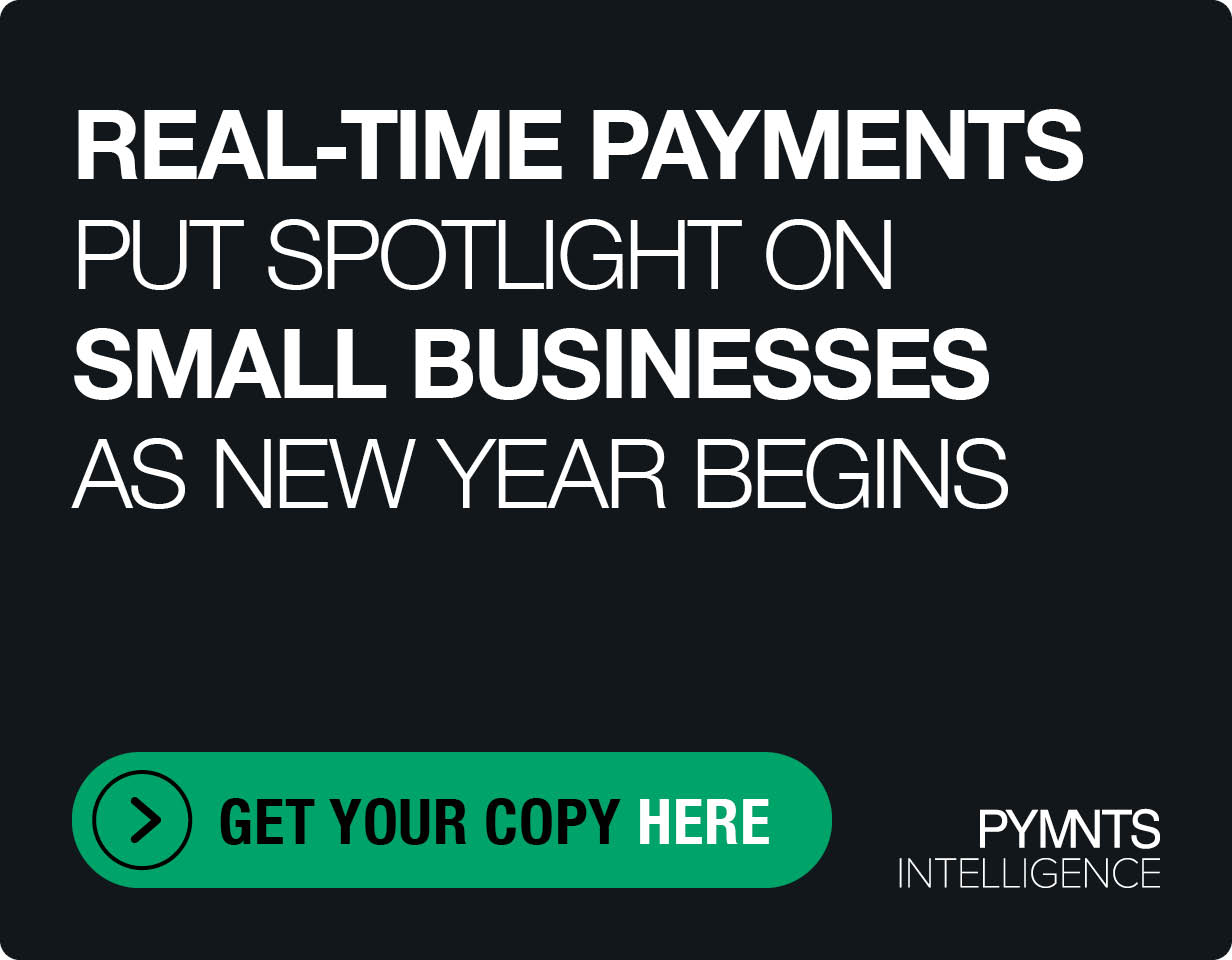Embedded Payments Find New Niche in Cross-Border Money Movement
In the age of eCommerce, as platforms and enterprises expand their reach across borders, embedding payments into the mix can help tap new markets and consumers.
But as Nick Farrow, head of bank partnerships with Modern Treasury, told PYMNTS, the sheer number of technological challenges in the mix can prove daunting.
“Everyone wants payments to be easier, simpler, faster and cheaper,” he said, adding, “[but] the rubber really hits the road when you’ve got to move money between two parties and you’ve got to convince the bank that it’s safe.”
That isn’t an easy task, especially when the regulatory landscape is constantly shifting, as it is currently.
Programmatic Money
Farrow said that as countries and regions adopt faster payment rails and seek to make cross-border transactions cheaper, there’s been an embrace of programmatic money.
“At its core, this is the elimination of the manual work involved in moving money,” he said, but doing so involves an engineering challenge — especially when companies move thousands of payments a day through banks.
Reconciliation is also a challenge, and so is accuracy. Many companies are still grappling with legacy software systems and there is continuous room for improvements.
The conversation came against the backdrop where Modern Treasury and Goldman Sachs Transaction Banking announced a collaboration last month to help mutual clients embrace embedded payments, adding that functionality to their own products and services.
Learn more: Modern Treasury Collabs With Goldman Sachs to Advance Embedded Payments
In terms of the mechanics of the partnership, enterprise clients will be provided with an integrated money movement solution through Modern Treasury’s Payment Operations software platform. The transactions themselves are being powered by Goldman’s Transaction Banking operations.
Farrow told PYMNTS that Goldman has been building application programming interfaces (APIs) and other tools for developers, and the end result, through the joint efforts with Modern Treasury, is the emergence of a “tech-forward banking platform with a modern software layer and payment operations infrastructure.”
The integration work and technical heavy lifting are largely taken care of, he said, enabling enterprises across a number of verticals to shorten their time to market with new offerings.
Farrow said the partnership represents a continuance of a trend where “FinTechs have stepped up and allowed client companies to operate the businesses in the ways they want to,” while being able to automate some of some of the complexities in moving money between parties, such as compliance and know your customer (KYC) requirements.
That level of automation can help all stakeholders get more comfortable with cross-border transactions, where banks and insurers can feel secure knowing that legitimate customers are being onboarded.
As the banks get more comfortable, Farrow said they’re opening a path toward new business models that leverage crypto platforms or blockchain-based solutions.
See also: PYMNTS Intelligence: The Problems and Promise of B2B Cross-Border Payments
He pointed toward the movement of cannabis firms more fully into mainstream commerce: “This has been opening up new opportunities for payments and banks, and five years ago this would have been inconceivable.”
Farrow also noted that embedded finance has the potential to modernize firmly-entrenched industries and segments such as healthcare, insurance and real estate — mainstays of the economy that can benefit from a reduction in manual tasks, wire instructions, face-to-face interactions and e-mails.
Now, more than ever, he said, risk managers and finance professionals need to understand exactly where money is at any given moment. Having that level of visibility and transparency on hand can be a strategic differentiator for companies.
“The aim is to make money movement as easy and as fast as possible — especially from an infrastructure point of view,” Farrow told PYMNTS.
